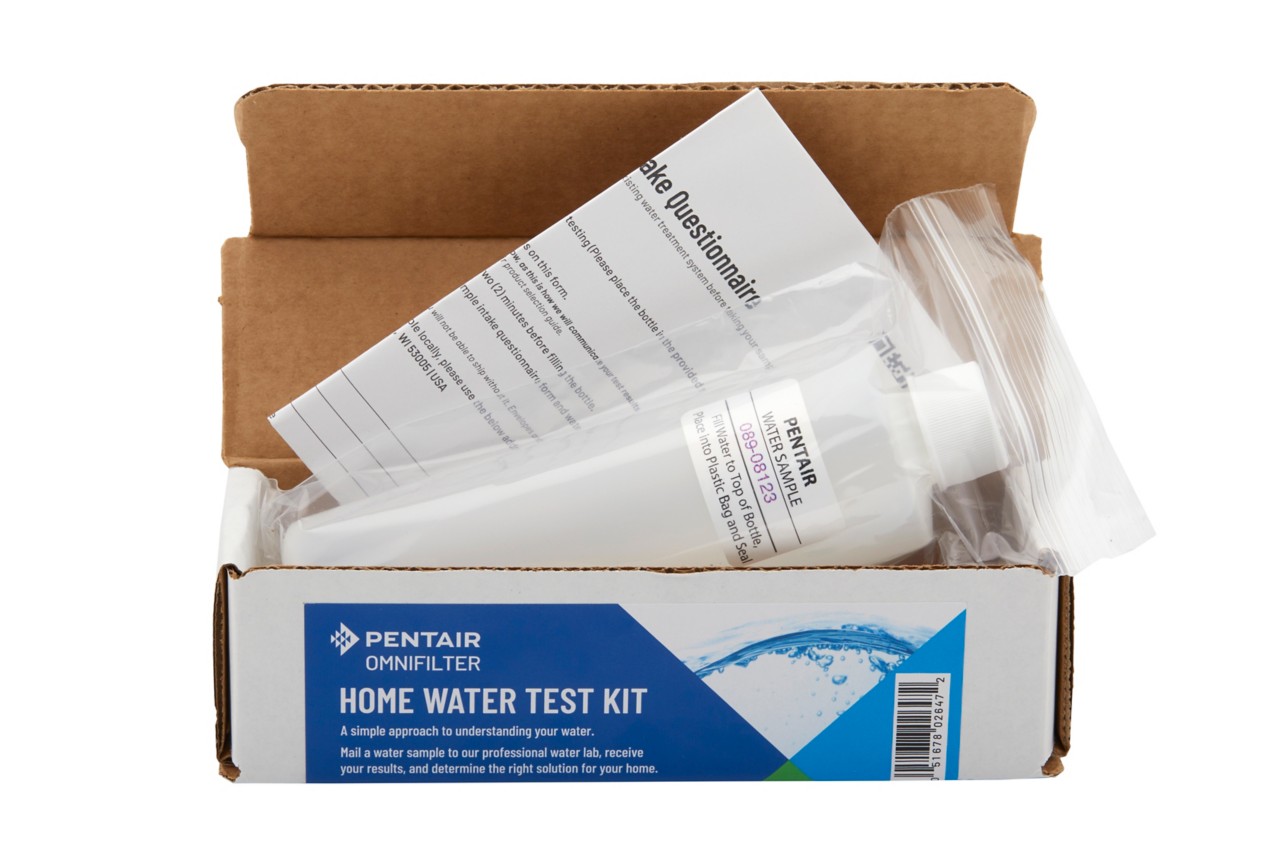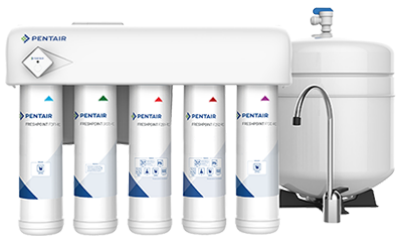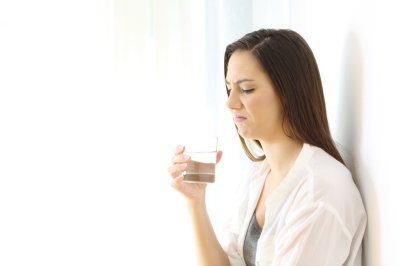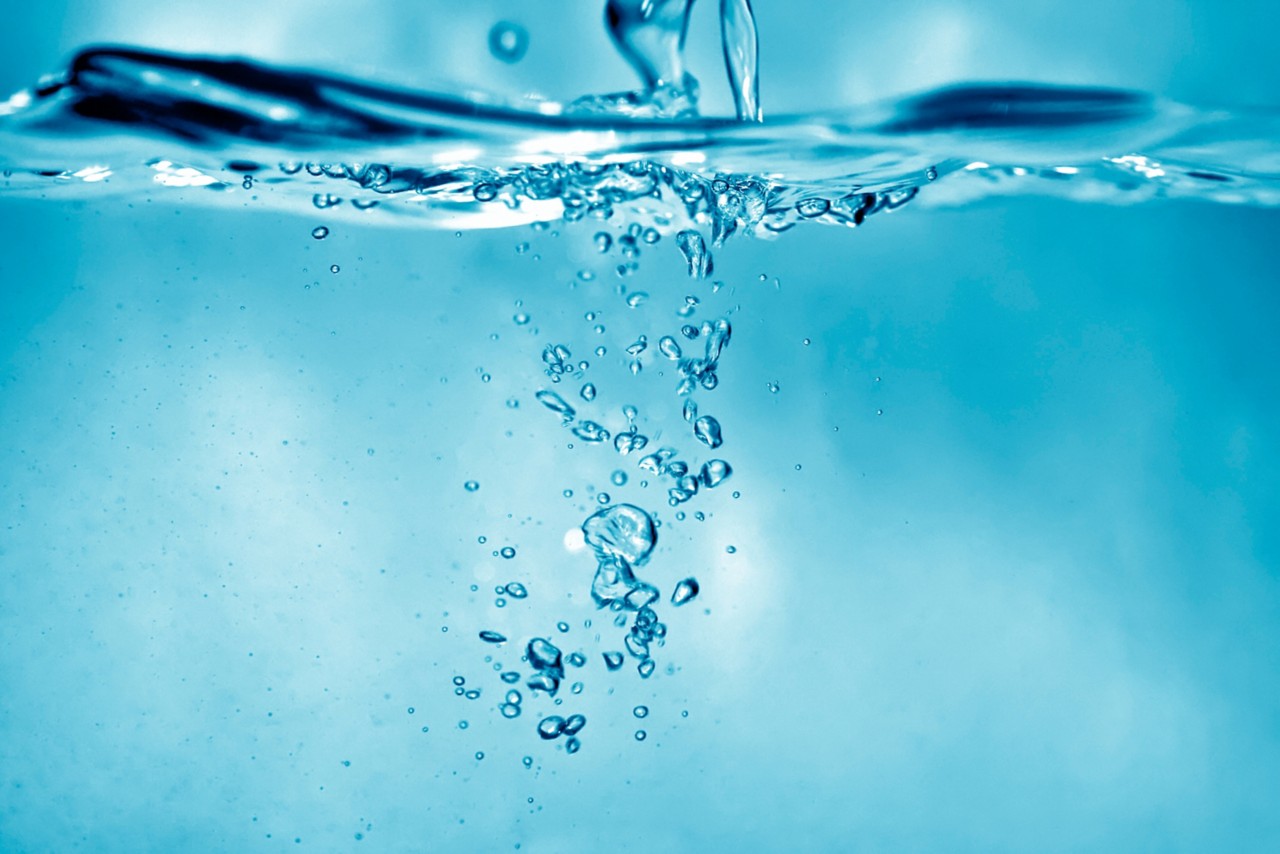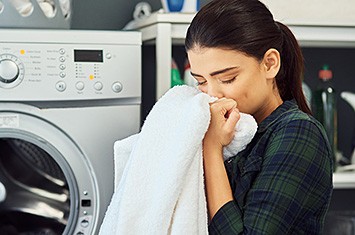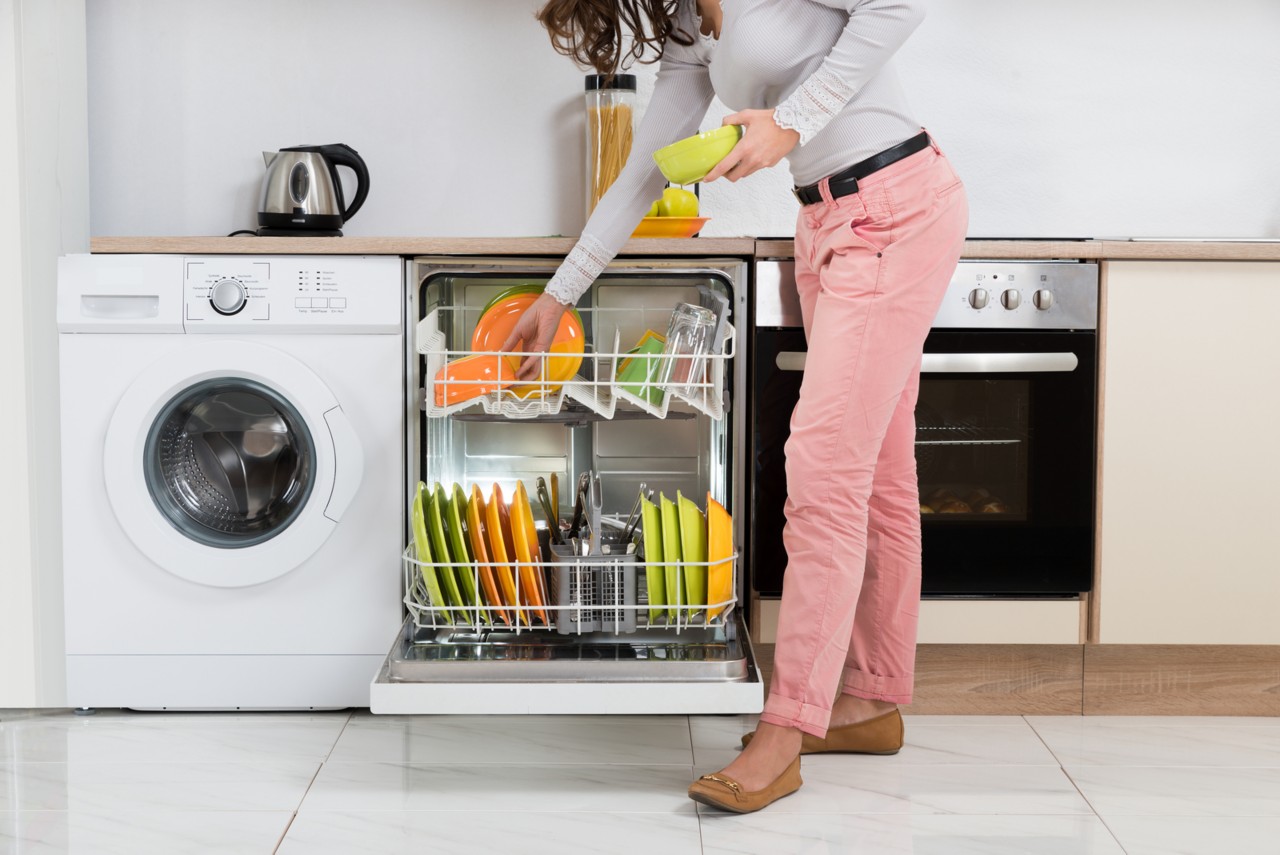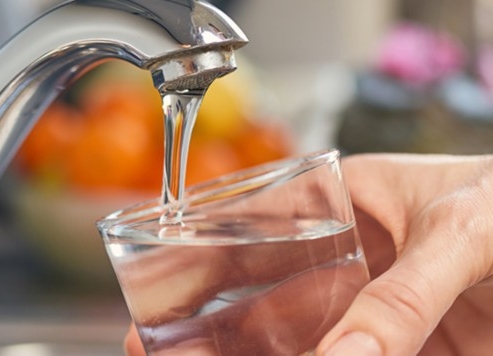Stop Wasting Water and Money. FIND A LOCAL PRO
Yes. Your system is doing just what it's meant to do: remove calcium and magnesium. Chlorine was never part of the picture. But if you do have concerns, other solutions can help — for example, the Pentair 5-Stage Reverse Osmosis Undersink Filter.
Not only does this system tackle chlorine, but it can also reduce more than 99% of impurities found in your home's water. We're talking about things like arsenic, dissolved solids, lead, and more. These systems offer better-tasting water on demand — giving you peace of mind about your supply.




